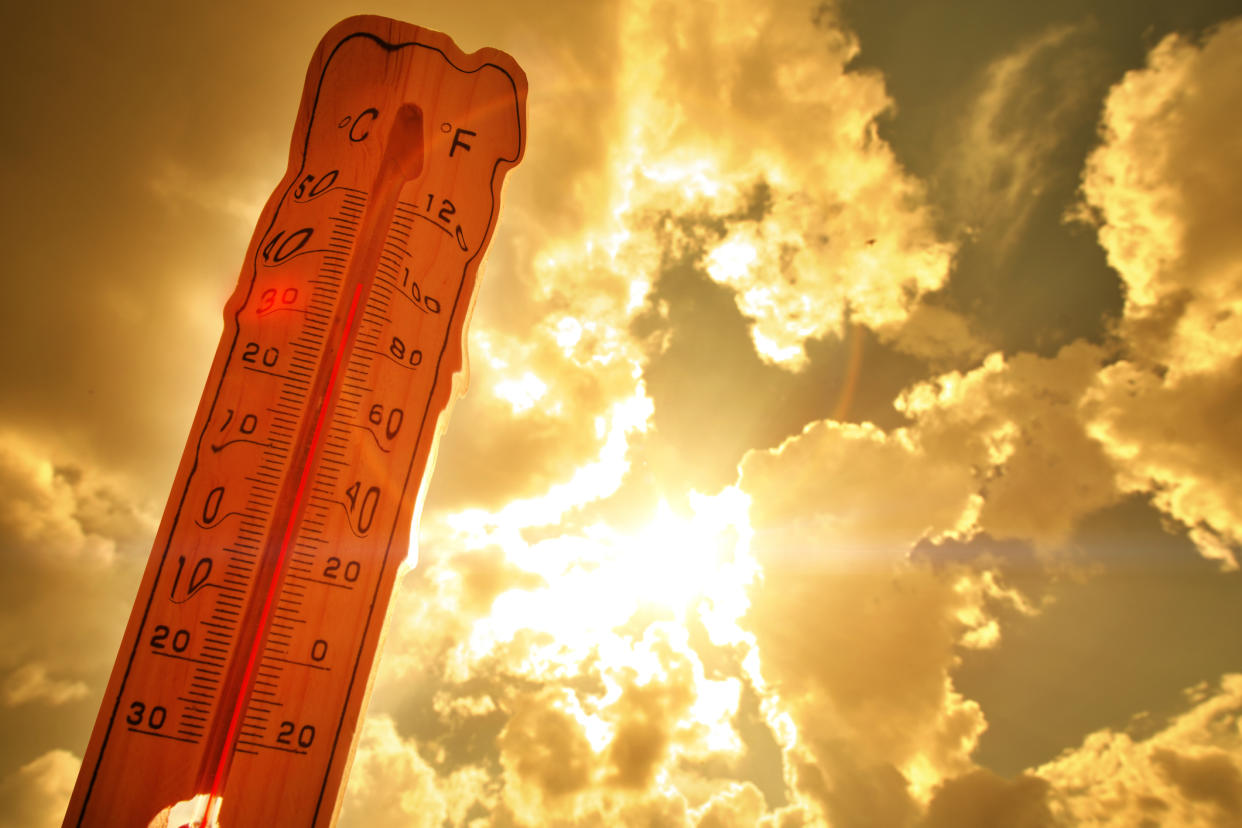Here's How Your Energy Bill Will Be Affected by Extreme Heat

The effects of extreme heat on the human body have been well-documented, but increased summer temperatures may also pose another type of burden for millions of Americans—financial.
In addition to the increased frequency and record-high temperatures that are hallmarks of a heat wave, climate change is also lengthening the duration of a heat wave, and Americans can expect to see the cost of energy rise alongside temperatures.
“There's a cost to climate change,” Mark Wolfe, the executive director of the National Energy Assistance Directors Association (NEADA), tells TIME. “As temperatures rise, you need to use more electricity to run your cooling systems, and it's becoming more expensive—and will be more expensive—as we go forward.”
The average cost of keeping the house cool in the U.S. is expected to jump by nearly 8% this summer. Experts forecast cooling costs to reach an average of $719 from June 2024 through September, compared to $661 during the same period last year, according to a report by NEADA and the Center for Energy, Poverty and Climate. It's an upward trend that has continued over the past decade.
“It's very hard to get hit with a high bill,” says UCLA professor Alan Barreca, lead author of a study on the effects of increased summer temperatures and electricity disconnections. “You end up thinking, ‘Oh, do I have to cut back on other expenses, or do I just not pay and try to do some bill juggling?’”
Research from the U.S. Energy Information Administration (EIA) from 2015 shows that about 1 in 5 U.S. households reported reducing or giving up certain necessities like food and medicine to cover the cost of their energy bill. About 14% of households surveyed said they received a disconnection notice, and just over 1 in 10 said that they keep their house at unhealthy or unsafe temperatures to prevent using more energy.
Rising costs are particularly overbearing to low-income households, which the U.S. Department of Energy says spends a larger percentage of their income on home energy costs, or have a greater “energy burden” than others. Families living in the South are disproportionately affected by extreme heat. Mississippi, South Carolina, Alabama, Georgia, and Arkansas top the list of the states with the highest, low-income energy burden.
A study published in the Nature Energy journal found that low-income households were at a greater risk for electricity disconnection months after temperatures reach 95 degrees Fahrenheit, when compared to other periods of the year. “When people think of extreme heat they think very contemporaneously, like, ‘Oh, it's a hot August. We need to help people in August.’ But financial distress from electricity expenses come after, in September, and October,” says Barreca.
Some solutions have been brought forward on a federal level through the Low Income Home Energy Assistance Program (LIHEAP), which helps low-income families cover heating and cooling costs. But funding to that program was cut by $2 billion for fiscal year 2024.
“The person I think of is the single elderly person that's living on a fixed income in Southern California and potentially has a Social Security income of $1,500 a month, and there's no wiggle room,” says Barreca, when explaining who is most affected by increased costs of electricity in the summer.
Only 17 states and the District of Columbia have some shut-off protections in the summer, set to prevent people from having their power turned off during the hottest months of the year.
Forgoing air conditioning could prove harmful for many—extreme heat is deadlier than any other weather-related causes of death in the U.S, causing 207 fatalities in 2023, per the National Oceanic and Atmospheric Administration.
Many states and cities have been dealing with the extreme heat by setting up cooling centers. But attendance at these places can be low, which could pose a threat to their future. Even then, critics call cooling centers a short-term solution. “Families can't move into the library, and often their problem is getting to it. How do you get to the cooling center?” asks Wolfe.
Advocates are calling for bigger changes, including more local programs providing discount rate electricity programs for low-income families, and upgrades to building codes to require air conditioning in apartment units. “You don't find 20% of the families in New York have no heating system,” says Wolfe. “That’s not possible, it's not allowed by law. But many families don't have cooling. So some of this is catching up.” Wolfe is also advocating for increased funding for low-income households to install heat pumps or solar rooftops to create more energy efficient homes.
“We need to think about how we retrofit households or homes so they'd be more energy efficient and need less electricity for cooling,” he adds. “If you just focus on bill payment…without addressing energy efficiency, then what you do is you make the situation even worse, because you're creating more emissions for the production of electricity that contribute to climate change.”
Contact us at letters@time.com.

 Yahoo News
Yahoo News 